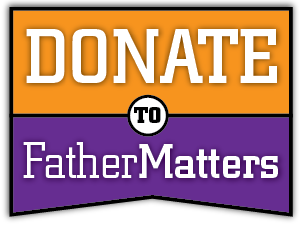Fear becoming a ‘bag lady’ someday? Many others do, too
By Amy Langfield, TODAY contributor
If you spend time worrying that you’ll end up on the street in your old age with your belongings stuffed into plastic bags in a shopping cart, you have good company.
A new survey shows that almost half of American women fear they will become “bag ladies” some day, and the anxiety ripples across all income groups.
Even among women with household earnings above $200,000, 27 percent harbor the bag-lady fear, according to a new online survey issued by Allianz Life Insurance Company of North America.
While Allianz is promoting the survey to encourage women to seek more financial-planning advice, the underlying concern is valid, according to a labor economist who studies aging and income issues.
Because women typically earn less and have more sporadic work histories, their pensions and benefits are less sturdy, said Barbara Butrica, a senior research associate at the Urban Institute’s Income and Benefits Policy Center. “They are starting retirement at a disadvantage,” she said.
Women also tend to live longer than men. “So she’ll have to make that income last a lot longer time,” Butrica said.
Among the over-65 set, non-married women have the highest poverty rates. While only 4 percent of married women over 65 fell below the poverty line in 2010, that number rose to 14 percent for widows over 65 and 18 percent for divorced women over 65, Butrica said.
For men over 65 living in poverty, 4 percent were married; 11 percent were widowers and 12 percent were divorced. The gender differences are even more striking, Butrica said, when you consider that in 2010, only 29.5 percent of men age 65 or older were not married, compared with 56.3 percent of women. Those numbers come from the Social Security Administration’s 2012 report on “Income of the Population 55 or Older, 2010.”
But should even women with very good jobs fret about being homeless one day?
“It’s highly unlikely. But it could happen,” Butrica said, citing the likelihood that a catastrophic illness is more likely to strike as you get older. “The fact that these women are thinking about it is a good thing.”
And indeed more women are planning for retirement, especially since the financial crisis of 2008-2009, according to the Allianz survey.
More than 90 percent of the women who responded to the survey said women need to be more involved in financial planning. The strongest agreement, 96 percent, came from divorced women.
Overall, 57 percent of the respondents said they both “have more earning power than ever before” and 60 percent said they are the primary breadwinner in their household The Women, Money & Power Study was conducted by Larson Research + Strategy in December 2012 as an opt-in, online survey with 2,213 women, ages 25 through 75, with an annual household income of at least $30,000. The numbers are representative of the U.S. female population based on age and geographic distribution and are weighted to reflect the most recent and accurate available U.S. Census proportions.




